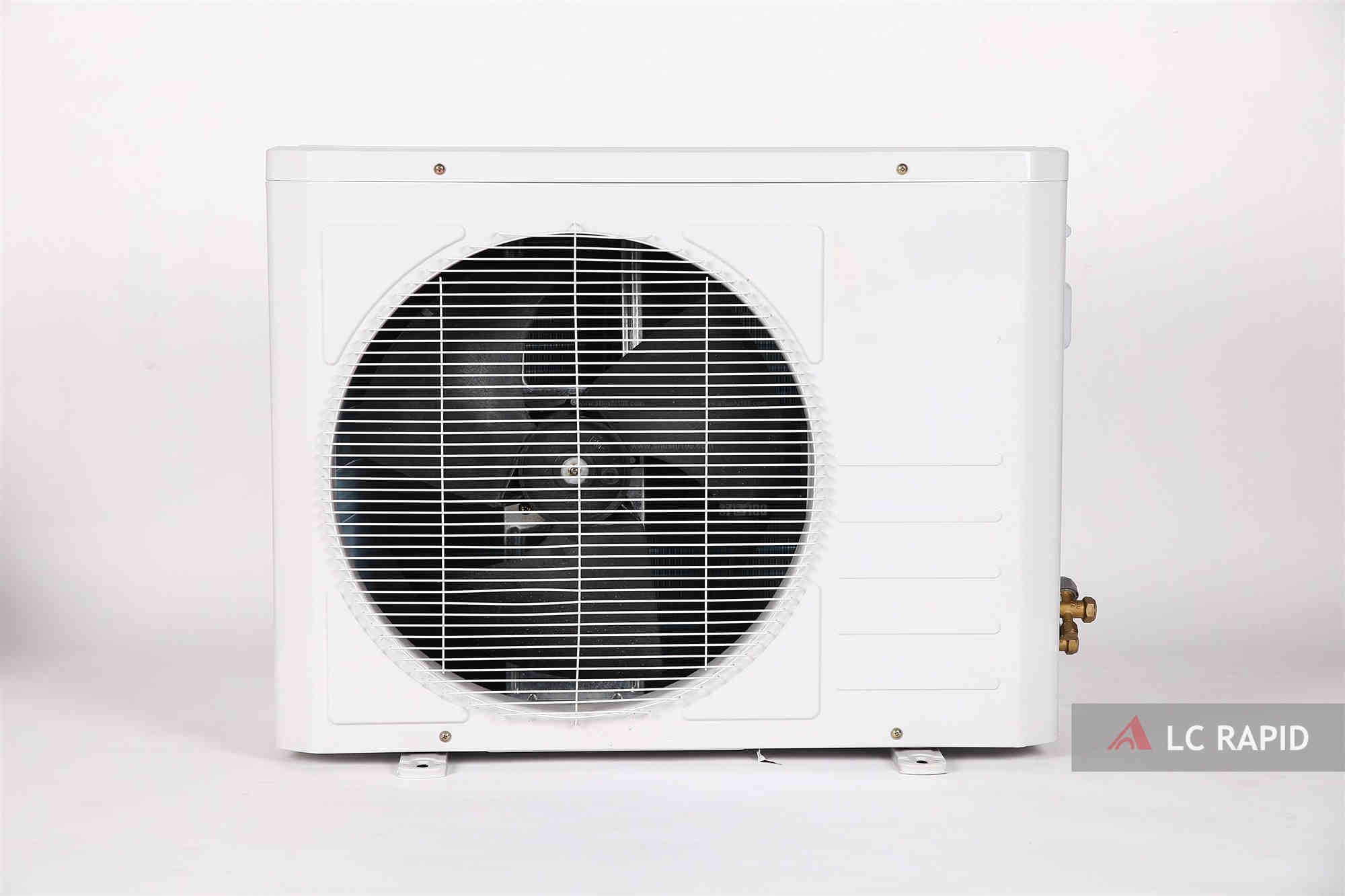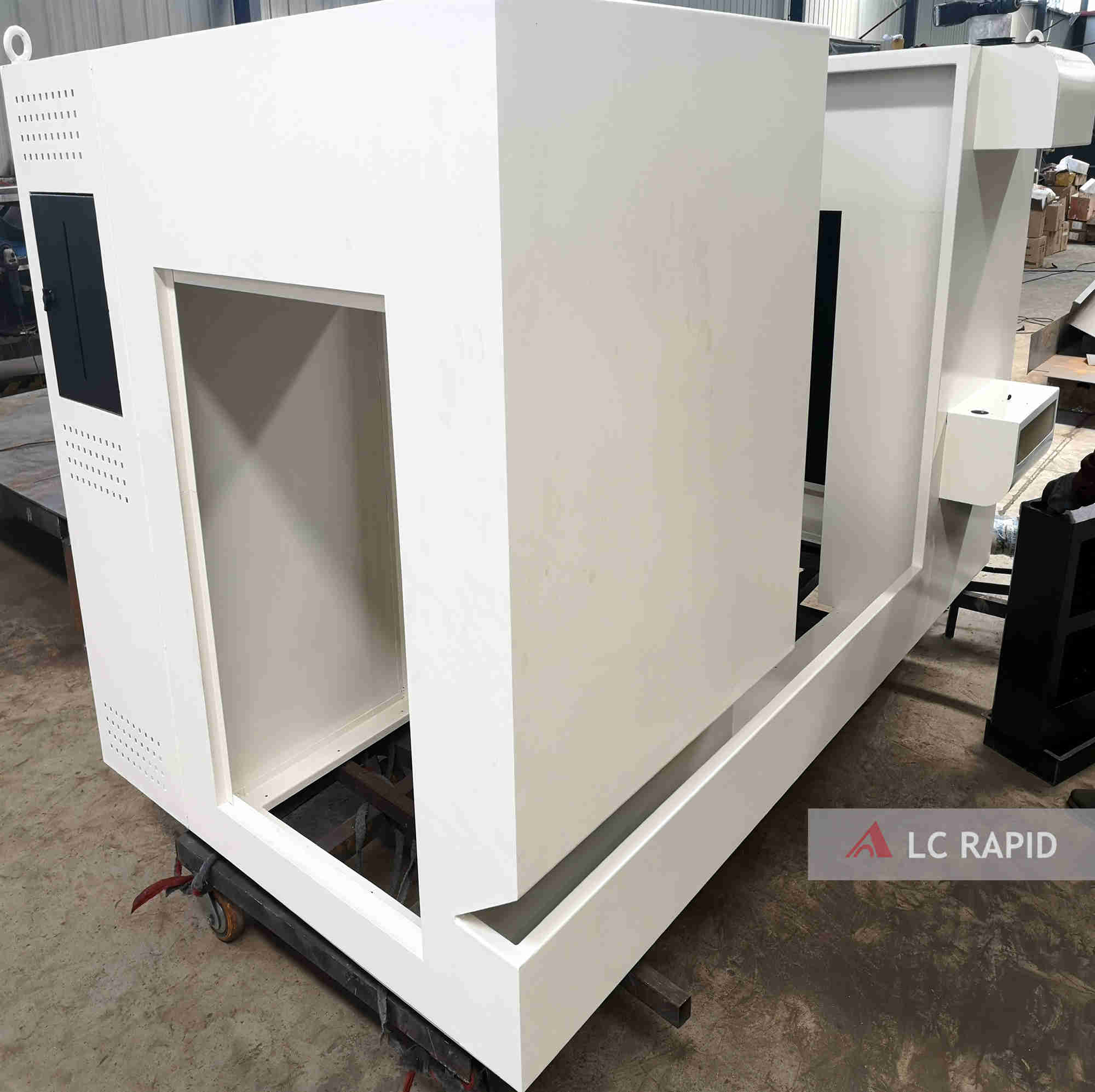+86-18898486814
sales@lcrapid.com
Sheet metal fabrication is a professional term in the industry. It refers to the metal sheet processed into various specifications and shapes that we need. Sheet metal fabrication needs to go through methods and processes such as cutting and blanking, punching, bending and forming, and then splicing and forming, so as to obtain the sheet metal fabrication products we need. For example, our air-conditioning sheet metal shells and automobile steel plate bodies are processed products of sheet metal shells.
Commonly used materials for sheet metal fabrication include cold-rolled sheet, hot-rolled sheet, galvanized sheet, copper, brass, red copper, beryllium copper, aluminum sheet, stainless steel, etc. The general selection of materials needs to be considered from the overall use and cost of the product, according to the product for different purposes.
The main purpose of sheet metal fabrication products is the production of precision parts for electronic appliances, assisting in the communication field, making beautiful air-conditioning sheet metal shells, and production of medical devices. Sheet metal fabrication automotive is applied in producing automobile shell bodies for automobile manufacturing processes. In short, sheet metal fabrication has a wide range of uses, which brings a lot of convenience to our production and life. What requirements need to be met for the sheet metal fabrication of the air conditioner shell? What should you pay attention to when processing?

The air-conditioning sheet metal fabrication shell mainly plays the role of storing electrical equipment, fixing and protecting the internal structure. The design should be in accordance with the data and specifications specified in the usage and drawings, and meet the requirements of the internal structure. What are the specific considerations when designing?
1. The sheet metal fabrication enclosure should have good technical performance. For example, the structure of the power cabinet should be designed with reasonable physical and chemical properties according to the electrical and mechanical properties of the equipment and the requirements of the use environment, so as to ensure that the cabinet has good rigidity and strength, as well as good dust and water resistance, electromagnetic shielding, grounding protection, ventilation and heat dissipation.
2. The sheet metal fabrication shell should have good usability and necessary protective measures to make the equipment easy to install, use and maintain.
3. The sheet metal shell should be convenient for production, assembly, debugging, packaging and transportation. When designing industrial sheet metal fabrication, the influence of material technology, sheet metal fabrication sequence, production cost and other factors should be considered, so that the design meets the process requirements, the structure is easy to assemble, the product is easy to install and transport, and the feasibility, practicability and economy of the drawing design are ensured.
4. The design of the sheet metal fabrication shell should meet the requirements of standardization and serialization, and pursue beautiful and practical appearance on the basis of ensuring the performance of the equipment.
Hemming is a common process in sheet metal fabrication of air conditioner shells. What is hemming?
In simple terms, hemming is to roll the edge of a sheet metal fabrication shell, which is used in many sheet metal fabrication, such as tool cabinets. Hemming can increase the rigidity and strength of the sheet metal air conditioner shell structure, making the structure light and strong. There are many crimping methods, including wire clamp crimping and hollow crimping. How to operate hemming?
Before sheet metal fabrication and hemming, we need to calculate the length of the timeline and the unfolded length of the hemming to ensure the quality of the hemming. Crimp length calculation formula: crimp length = winding diameter/2+3/4π (winding diameter + plate thickness). After the calculation, we will perform the crimping operation. The specific operation method is as follows:
1. Draw two curling edges on the blank: L1=2.5* curling diameter L2=(1/4~1/3)*L1.
2. Place the blank on the platform (or square iron, rail, etc.) so the size of the exposed platform is equal to L2. Press the blank with your left hand and hit the exposed edge of the platform with a hammer with your right hand to bend it down by 85 to 90 degrees.
3. Extend and bend the blank until the edge of the platform is aligned with the second winding line, that is, until the exposed platform part is equal to L1, and the edge of the first strike is on the platform.
4. Turn over the blank so that the curling edge faces upwards, tap the curling edge gently and evenly, and bend it inward so that the curling part gradually becomes an arc.
5. Put the iron wire into the crimping edge, starting from one end, to prevent the iron wire from popping out. Fix one end first, and then place one part behind the other. After the whole process is complete, tap lightly to bring the curling edge close to the wire.
6. Turn over the blank so that the joint is close to the edge corner of the platform, and tap lightly to make the joint bite.
The above-mentioned hemming method for sheet metal fabrication is applicable to various materials, and manual hollow crimping and wire crimping are the same operations. For hollow crimping, only pull out the wire at the end. When pulling, only one end of the iron wire is clamped and pulled outward. This is the operating method of sheet metal fabrication and crimping of the air conditioner shell.

The surface of the sheet metal fabrication parts should be smooth and free of any burrs, bumps, cracks, etc. For pressure riveting parts, they are: pressure riveting nuts, pressure riveting screws, expanding rivet nuts, and blind rivet nuts. After pressure riveting, the pressure riveting area should not be deformed, and the drawing height and wall thickness should be uniform, and there should be no burrs on the top. Therefore, in terms of welding, the following requirements should be met.
1. The welding seam should be firm and uniform, and there should be no defects such as false welding, cracks, weld penetration, gaps and undercuts.
2. The length and height of the weld should not exceed the allowable requirements for sheet metal fabrication parts.
3. The length of the solder joints is 8-12 mm, and the distance between the two solder joints should be 200 ± 20 mm.
4. On the drawings, if there are special requirements for the solder joints, they should be implemented in accordance with the drawings.
5. After welding, the outer surface of the parts should be free of defects such as slag inclusions, pores, weld bumps, bumps and so on. Some important parts need to be stress-relieved after welding to prevent them from being deformed.
Driven by our manufacturing expertise and unremitting commitment to help customers and meet their project engineering needs, we are developing rapidly. We also help customers manufacture parts and products in on-demand manufacturing. If necessary, please consult.